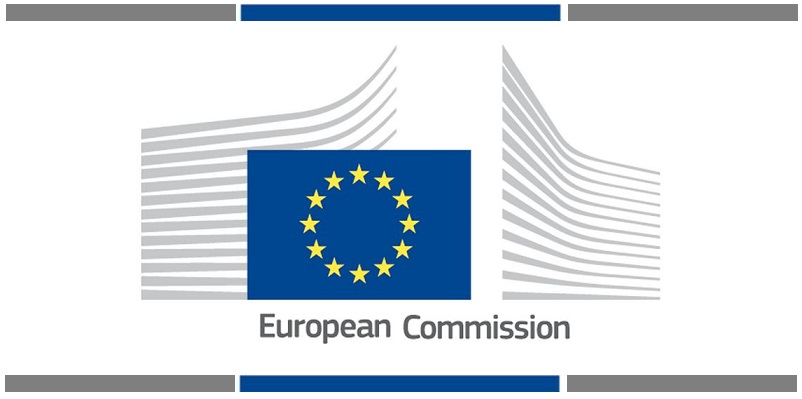
At the request of the Croatian and Bulgarian authorities, the finance ministers of the euro area Member States of the European Union, the President of the European Central Bank, and the finance ministers and central bank governors of Denmark and Croatia have decided, by mutual agreement, to include the Croatian kuna and the Bulgarian lev in the Exchange Rate Mechanism (ERM II). The Commission has been involved and the Economic and Financial Committee has been consulted.
. The central rate of the Croatian kuna is set at 1 euro = 7.53450 kuna.
. The central rate of the Bulgarian lev is set at 1 euro = 1.95583 leva.
. The standard fluctuation band of plus or minus 15 percent will be observed around the central rate of the kuna/lev.
The agreement on participation of the kuna in ERM II is based, inter alia, on the commitment by Croatia to join the Banking Union and ERM II simultaneously and the completion by the Croatian authorities of a set of measures described in their letter of intent dated 4 July 2019, that are highly relevant for a smooth participation in ERM II. These measures pertain to the following six policy areas: banking supervision, the macro-prudential framework, the anti-money laundering framework, the collection, production and dissemination of statistics, public sector governance and the reduction of the financial and administrative burden on the economy.
The agreement on participation of the lev in ERM II is based, inter alia, on the commitment by Bulgaria to join the Banking Union and ERM II simultaneously and the completion by the Bulgarian authorities of a set of measures, described in their letter of intent dated 29 June 2018, that are highly relevant for a smooth transition to, and participation in ERM II. These measures pertain to the following six policy areas: banking supervision, the macroprudential framework, the supervision of the non-banking financial sector, the anti-money laundering framework, the insolvency framework, and the governance of state-owned enterprises.
Banking 4.0 – „how was the experience for you”
„To be honest I think that Sinaia, your conference, is much better then Davos.”
Many more interesting quotes in the video below: